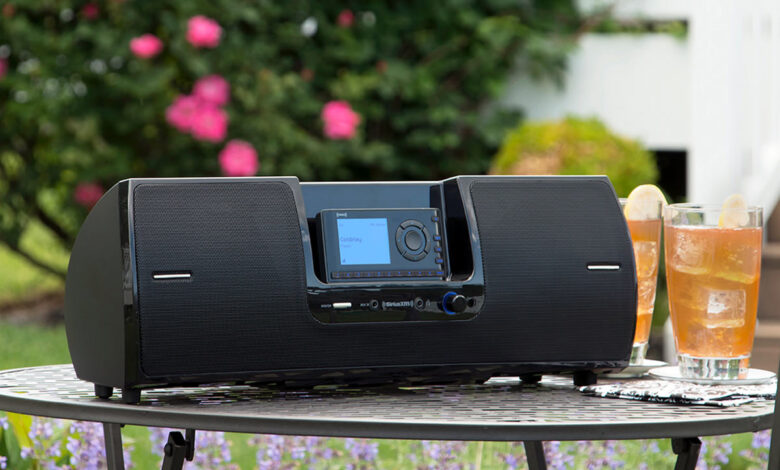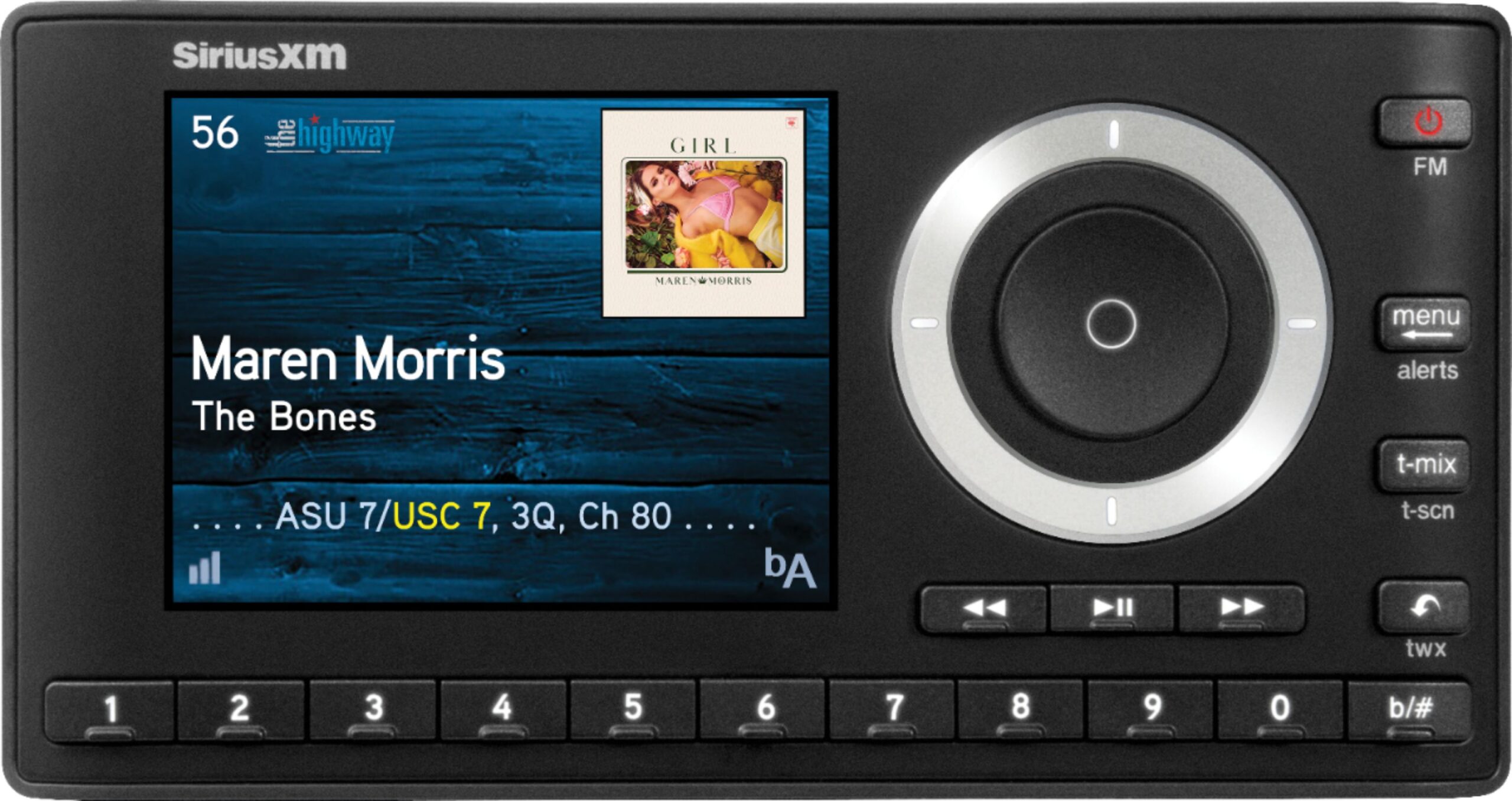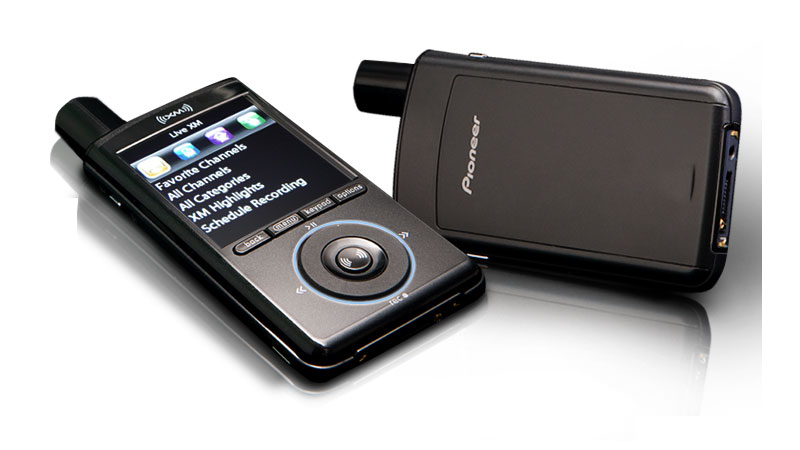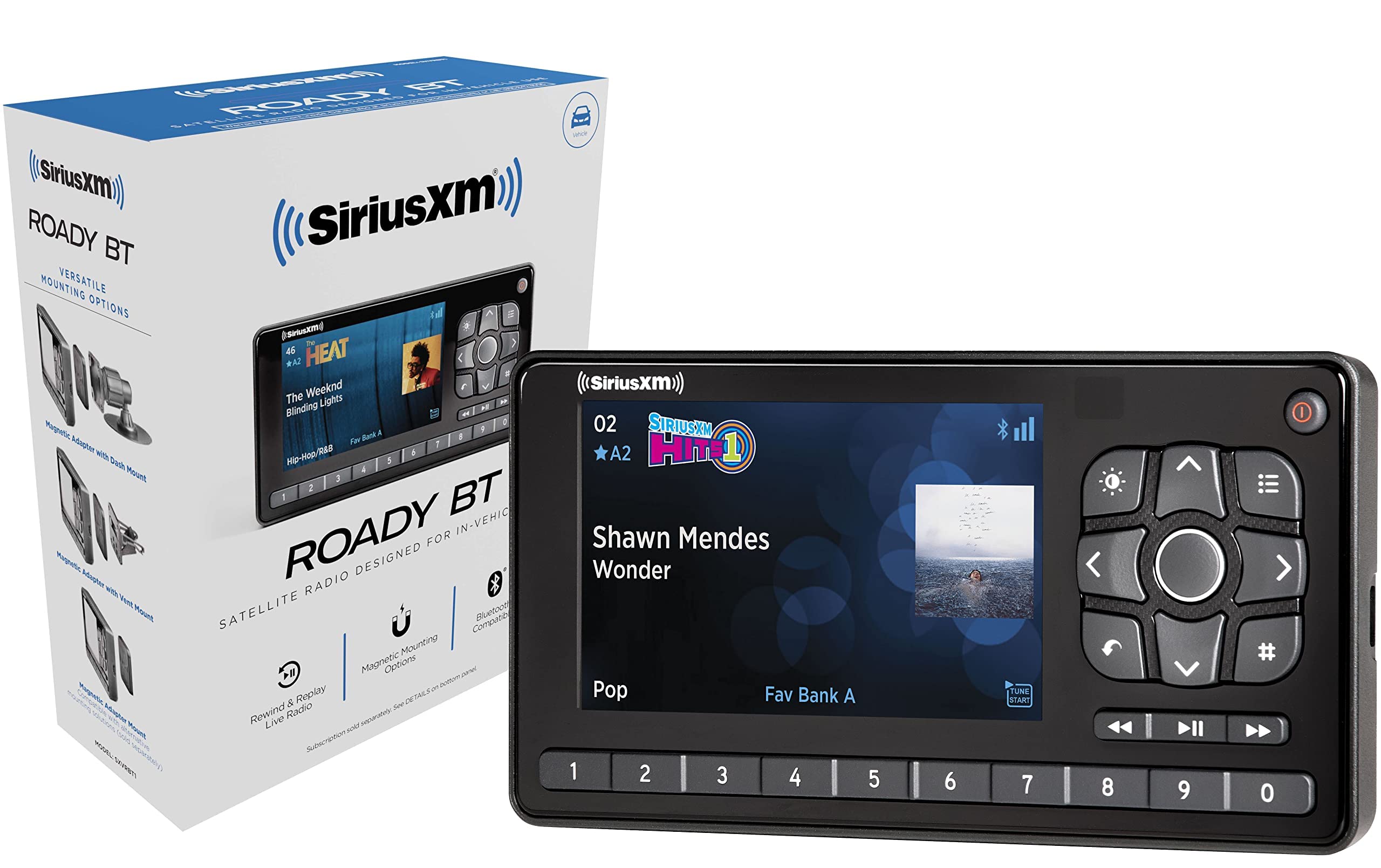
A subscription service called satellite radio employs communication satellites to transmit audio programming over a wide region. Although the technology has been around since the 1990s, traditional terrestrial radio still has a much larger audience. There are certain similarities between satellite radio and traditional radio, but there are also big distinctions.
What Is the Process of Satellite Radio?
Satellite radio uses a similar broadcast format to terrestrial radio, but since it is available via a subscription service, most stations are available without interruption by advertisements. Satellite radio requires specialised equipment, just like satellite television.
The fact that satellite radio’s signal is accessible across a considerably wider geographic area than terrestrial radio is a significant advantage. Each satellite radio service offers the same set of stations and programming throughout its coverage area, and a small number of satellites can cover an entire continent. So, both Southern California and New England receive the same programmes.
North American satellite radio provider SiriusXM

There is only one satellite radio provider available in North America, and that is SiriusXM. Prior to Sirius’s 2008 acquisition of XM Radio, the two organisations were independent.
At the time of its launch, XM covered areas of northern Mexico, Canada, and the United States with the use of two geostationary satellites. Three satellites were employed by Sirius, but their very elliptical geosynchronous orbits allowed them to cover both North and South America.
The quality of coverage was also impacted by the different satellite orbits. The Sirius signal was stronger in cities with numerous tall structures because it came from a higher angle in Canada and the northern United States. Yet, when travelling through tunnels, the Sirius signal was also more likely to be interrupted than the XM signal.
Plans & Tiers for Satellite Radio Subscriptions
In-Car Satellite Radio

Over 30 million people in the US were subscribers to satellite radio in 2016. The majority of automakers have at least one vehicle with satellite hookups thanks to SiriusXM’s pressure on automakers to integrate satellite radio in their new models. Some brand-new cars even include a pre-paid membership.
Although individual receivers are required for satellite radio subscriptions, SiriusXM offers portable receivers that can be moved around. Although many of these portable receivers are also compatible with specialist head units, these receivers are made to connect into docking stations.
A head unit with a built-in satellite radio tuner can be a great, uninterrupted source of entertainment on the road if you spend a lot of time in your car. Nevertheless, you can bring that same entertainment into your house or place of business using a portable receiver device.
Moreover, SiriusXM offers streaming services, so you may enjoy satellite radio outside of your vehicle without a device. You can stream satellite radio on your computer, tablet, or phone with a SiriusXM membership and app.
Satellite radio is an increasingly popular form of radio broadcasting that has become a preferred choice for many people around the world. Unlike traditional radio broadcasting, satellite radio uses satellites orbiting the earth to transmit radio signals directly to a subscriber’s receiver. In this article, we will explore how satellite radio works, the technology behind it, and the advantages it provides.
Read More: USA Software Engineer Hourly Rate in 2023?
Satellite Radio Technology

Satellite radio uses a complex system of technology to transmit radio signals to receivers. The process starts with the creation of content, which can be anything from music to talk shows, sports events, and news. The content is then sent to a broadcasting station on the ground, which transmits it to a satellite orbiting the earth.
Broadcasting Satellite Radio
The satellite then sends the signal back down to earth, where it is received by a network of ground-based repeaters. These repeaters amplify the signal and transmit it to a subscriber’s receiver. The process is continuous, with the satellite orbiting the earth, the repeaters on the ground, and the subscriber’s receiver all working together to ensure a constant stream of high-quality audio.
Receiving Satellite Radio
To receive satellite radio, you need a special receiver that is designed to receive the signal. These receivers are often built into cars or home audio systems, but they can also be purchased as standalone devices. The receiver picks up the signal from the repeaters and decodes it, turning it into audio that can be played through speakers or headphones.
Advantages of Satellite Radio
Variety of Content
One of the most significant advantages of satellite radio is the variety of content available. Satellite radio providers offer hundreds of channels, covering everything from music to talk shows, sports events, and news. This means that subscribers can find a channel that suits their interests and listen to it wherever they are.
No Commercials
Another advantage of satellite radio is that it is commercial-free. Unlike traditional radio broadcasting, which relies heavily on advertising revenue, satellite radio is subscription-based. This means that subscribers pay a monthly fee to access the service, which allows them to listen to high-quality, commercial-free radio.
Clearer Reception
Satellite radio provides clearer reception than traditional radio broadcasting. This is because the signal is transmitted from a satellite, which is located high above the earth’s surface. This means that there is less interference from buildings, trees, and other objects that can obstruct radio signals.
Wider Coverage
Satellite radio also provides wider coverage than traditional radio broadcasting. Because the signal is transmitted from a satellite, it can reach areas that are not covered by traditional radio stations. This makes satellite radio an excellent choice for people who live in rural areas or travel frequently.
Better Sound Quality
Satellite radio provides better sound quality than traditional radio broadcasting. Because the signal is transmitted digitally, it is not affected by the static and interference that can plague traditional radio signals. This means that satellite radio provides clear, high-quality audio
Limitations of Satellite Radio
Subscription-Based
One of the biggest limitations of satellite radio is that it is subscription-based. While the subscription fees are often reasonable, they can add up over time, especially if you have multiple receivers. Additionally, if you don’t renew your subscription, you won’t be able to access any of the content.
Expensive
Another limitation of satellite radio is that it can be expensive compared to traditional radio broadcasting. While satellite radio provides a wide variety of content and better sound quality, it is not accessible to everyone due to the high cost of subscription and the specialized equipment required to receive the signal.
Limited Reception in Some Areas
Satellite radio relies on a network of ground-based repeaters to transmit the signal to subscribers. However, in some areas, the coverage may be limited or non-existent due to the lack of repeaters. This can be frustrating for subscribers who live in remote or rural areas.
Future of Satellite Radio
Competition with Streaming Services
Satellite radio faces increasing competition from streaming services like Spotify and Pandora. These services offer similar content and are often less expensive than satellite radio. However, satellite radio still holds an advantage over these services when it comes to the quality of reception and the variety of content.
Development of New Technologies
The future of satellite radio lies in the development of new technologies that will make it more accessible and affordable to a wider audience. One such technology is the use of smaller, low-earth orbit satellites, which can provide better coverage and reduce the need for ground-based repeaters.
Conclusion
Satellite radio is a unique form of radio broadcasting that offers a wide variety of content, better sound quality, and clearer reception than traditional radio broadcasting. However, it is not without its limitations, such as the high cost of subscription and limited coverage in some areas. Despite these limitations, satellite radio remains a popular choice for many people around the world.












7 Comments